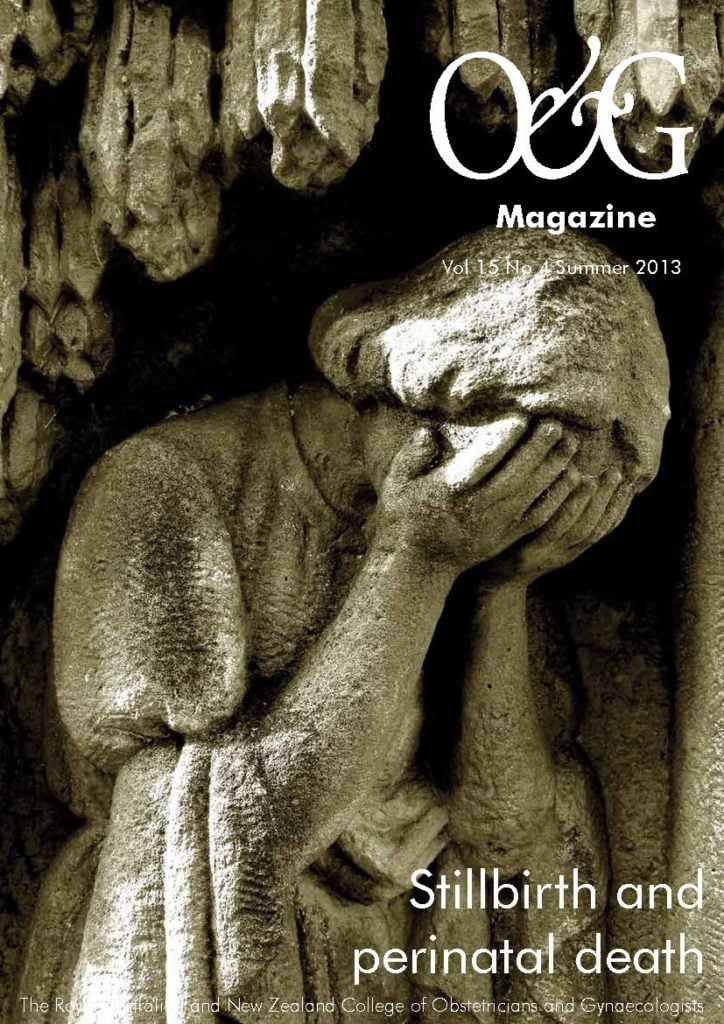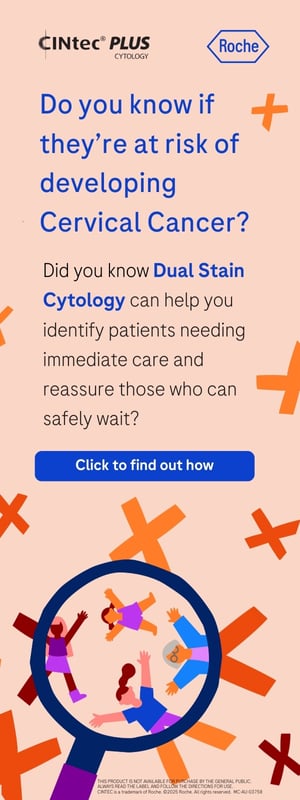The unexpected death of a baby during the latter part of pregnancy is a devastating event for a couple. Pregnancy is usually a time of joy and expectation, and such a loss can have prolonged emotional consequences. In her book, The Anatomy of Bereavement, psychiatrist Prof Beverley Raphael tells us that death of a child is the most painful of all bereavements.1 Anybody involved in the diagnosis and management of stillbirth can attest to that sentiment.
During the period of grief and adjustment after stillbirth, most couples seek an explanation for the death of their baby and will then ask an important question: ‘Will this happen again?’ For the majority of couples, investigation will reveal a cause (or causes) for their loss and many of these causes will have reasonably welldefined risks of recurrence. For example, if the stillbirth resulted from placental abruption, the odds for a placental abruption in the next pregnancy are almost 17 times greater.2 By contrast, if the stillbirth resulted from a viral infection, the risk of the next pregnancy being lost is no greater than for any other woman. Unfortunately, for as many as one couple in five, no cause will be found for the death of their baby.
According to Cote-Arsenault and colleagues3:
‘Women who have experienced a previous pregnancy loss have omnipresent worry and anxiety during a subsequent pregnancy, and seek reassurance that this pregnancy and baby are okay.
…frequent calls and visits to healthcare providers for this now represent the most frequent and comforting way of coping with these worries.’
I spent several years undertaking studies with women who had endured stillbirth and almost always heard the same agonising stories:
‘We planned to place a birth notice in the paper, not an obituary. We were to be receiving congratulations cards, not sympathy cards. We were to be awake at night feeding our baby, not comforting each other after hours of sobbing. We were to be pushing our baby in a stroller and swing, not removing them from our home and storing them elsewhere. We will continue to move forward knowing that we will never ‘get over’ what has happened, but we will ‘get through’ it. I thank you for taking the time to listen to my story.’ (Study participant, 2006)
In this summer issue of O&G Magazine, we embark on a journey through the painful world of stillbirth. We have gathered authors from across Australia and New Zealand, individuals and groups who are making it their business to reduce the burden of stillbirth. The articles examine the reasons for stillbirth and what measures we can employ to help reduce the risks of fetal loss. To our contributing authors we offer, as always, enormous thanks for sharing their expertise and experience.
The O&G Magazine editorial team look forward to hearing from our readership as you read these articles over the festive season. We wish all of you the best for a happy Christmas and a year full of hope.
References
- Raphael, B. The anatomy of bereavement. 1983; New York: Basic Books.
- Toivonen S, Heinonen S, Anttila M, Kosma V, Saarikoski S. Obstetric prognosis after placental abruption. Fetal Diagn Ther 2004; 19: 336-41.
- Cote-Arsenault D, Donato KL, Earl SS. Watching and worrying: early pregnancy after loss experiences. MCN Am J Maternal Child Nurs 2006; 31: 356-63.






Leave a Reply